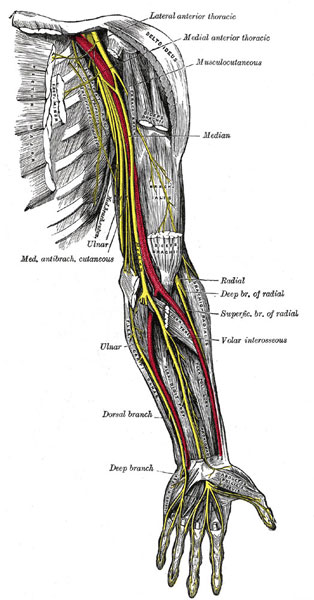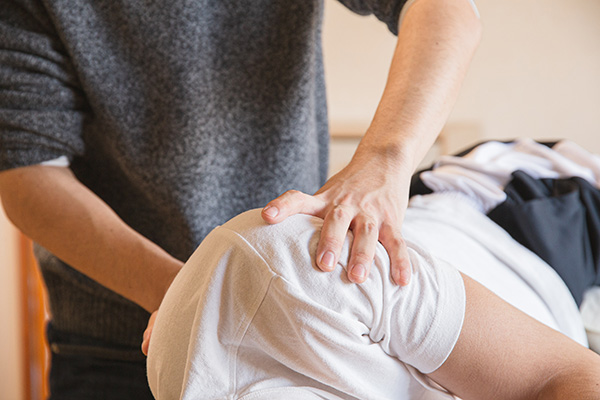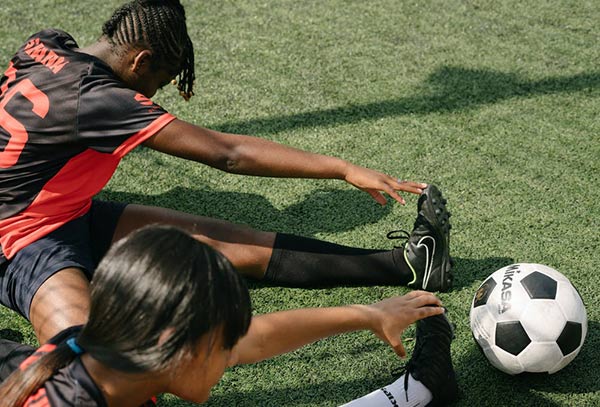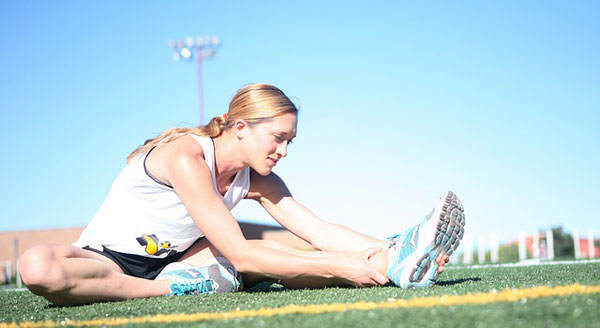3 Surprisingly Easy Steps to Improve Your Flexibility
Do you want to increase your flexibility but finding stretching just isn’t working as well as you thought it would? Maybe you need to work on your neural mobility.
I recently treated a 14 year old dancer from one of the local Gungahlin dance schools who’d experience pain when attempting the front splits. On assessment she had generally normal muscle length but experienced pulling pain in the lower back and down the back of her legs. For this young dancer there was something pulling on her nerves. This case reminded me of the importance of neural mobility in flexibility and the best way to treat this impairment.
Recently, we posted an article for dancers on a common problem of clicking hips. Flexibility or lack there of, is another common issue amongst dancers as well as many athletes and the general public.
What I’ll cover in this article:
- What is neural mobility and how does it relate to flexibility?
- Why stretching doesn’t always work?
- Types of nerve compression or impingement flexibility issues.
- Symptoms of nerve entrapments and restriction flexibility issues.
- 3 Easy steps to improve your neural mobility and flexibility?
What is Neural Mobility and how does it relate to flexibility?
Neural mobility refers to how well your nerves move or ‘slide’ in your body. The better your neural mobility, the better your flexibility.
For optimum movement and flexibility, we require appropriate mobility of our musculo-skeletal condition as well as our nervous system. The nervous system is a continuous structure and can suffer from trauma and adhesions in the same way our muscles can.
 When you hear the term neural mobility, a Physiotherapist is generally talking about the mechanical property of nerves. Nerves are actually quite thick and can stop normal movement if it is caught in certain areas. The sciatic nerve for example, is almost as thick as your thumb.
When you hear the term neural mobility, a Physiotherapist is generally talking about the mechanical property of nerves. Nerves are actually quite thick and can stop normal movement if it is caught in certain areas. The sciatic nerve for example, is almost as thick as your thumb.
The slide of nerves is important, but it is impossible to move them in isolation. When working with nerve mobility, you also stretch the muscles, fascia and other body systems in the area.
At Sport & Spinal Physiotherapy, we will combine some neural mobilisation techniques with other neuromuscular techniques such as PNF stretching (proprioceptive neuromuscular facilitation ) and positional release to help increase the flexibility and neural mobility of a body area. PNF stretching simply refers to a set of stretching techniques that enhance both active and passive range of motion.
Why doesn’t stretching always work?
Stretching primarily refers to increasing the length of a muscle, while neural mobility refers to how well your nerves slide in the body and any blockages affecting this slide.
The problem is that it is possible to have full length muscles and yet still lack flexibility or mobility due to your nerves. This was the case of our 14 year old dancer mentioned earlier.
Konrad and Tilp agree that stretching doesn’t actually make the muscles permanently longer. Instead, they conclude, it may be that exercises such as reaching for your toes train the nervous system to tolerate a greater degree of muscle extension without firing off pain signals.
Research conducted by Bertolini et al compared static stretching and neural mobilisation of a group of patients suffering from a sciatic nerve condition. The group concluded that there was a noticeable difference in outcomes of patients who participated in neural mobilisation exercises compared to the group who performed static stretches to relieve the painful area.
Types of nerve compression or impingement.
Muscle and Fascia impingement:– At Sport & Spinal Physiotherapy we use treatment techniques that release the muscle and fascia that lie across the nerve. We will then guide you on ways to best continue this improved movement at home to fast track your flexibility.
Chemical sensitisation:– This sensitisation can occur with acute episodes of pain. So if you have poor flexibility and are experiencing acute back or neck pain it is important to address the pain first. This is important as chemical sensitisation can cause an irritation or inflammation around the nervous system if you begin pushing the neural mobility, which can make you feel quite stiff.
Symptoms of nerve entrapments and restriction flexibility issues.
Depending on the affected nerve and location of restriction, symptoms may range from pain to spasm or even loss of muscle function. Many of us, at some point, have suffered neurological symptoms but these are typically due to temporary compression or impingement. Often when joint mobility or normal muscle tone has returned the symptoms resolve.
Some common neural tension conditions include;
- Carpal Tunnel Syndrome
- Tennis elbow
- Plantar fasciitis
- Sciatic Pain
- and Spinal Pain
With neural dynamics, there is an assumption that the nerve has an okay length, but it is getting caught at points along the length of its pathway, by these surrounding structures.
3 Easy steps to improving your flexibility and neural mobility
1. Trigger Point Release
Learn to “let go” of the tight muscle. I will often teach this technique in the treatment session. You can use a massage ball for some trigger point releases at home. We recently posted an article about the use of foam rollers and their ability to assist in trigger point therapy.
2. Nerve Flossing
Nerve flossing is a term used to describe the stretch of the nerve as it pulls through your body. The most common ‘flossing’ exercises include sciatic, piriformis, spinal and ulnar flossing exercises.
For instance, the Sciatic Nerve flossing exercise require you to pull the right knee to 90° of hip flexion, then extend the right leg toward the ceiling until a light stretch is felt. Gently point your foot to the ceiling and hold for 1-2 seconds. Gently flex the foot for 1-2 seconds and repeat this 10-20 reps. This is a gentle stretch only, do not stretch the nerve aggressively.
Here are a few Youtube videos on various nerve flossing exercises.
a. Long Sitting Slump Variation for Neural Mobility
b. Upper Limb Ulnar Nerve Mobility Exercise
c. Slump Dural Mobility Exercise
d. Nerve Flossing: Seated
3. Get Moving
Often increased neural tension can occur when you have been in one position for too long. A common symptom for many desk-bound workers. A simple walk, swim or cycle can often release certain catchment points that occur after being in one position for too long. However, if your pain and lack of flexibility persists, please consult your local physiotherapist who can help assess your pain and get you on the road to recovery sooner.
So back to our young dancer: We firstly needed to address the underlying cause of her acute pain. Once this resolved, we have been able to work at her neural mobility. It has now been some time since treatment started and with the commitment this young dancer has shown to the home program outlined for her and the treatment given to her in the clinic, she is now experiencing more flexibility and uninhibited by pain. Subsequently, she now has a long term strategy on how to best keep her mobility optimal in the many dance years ahead.
Special thanks to Anna Crosby for her assistance in researching this article.




